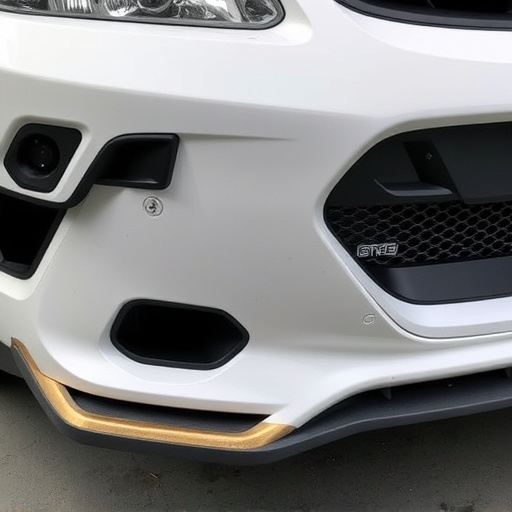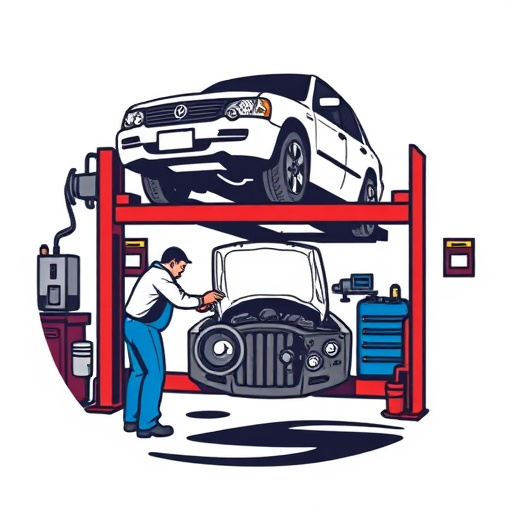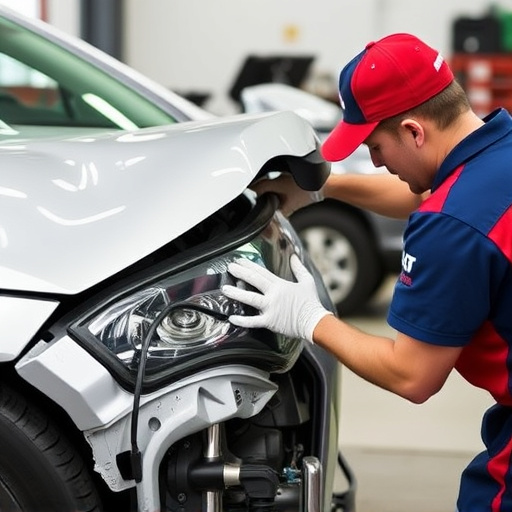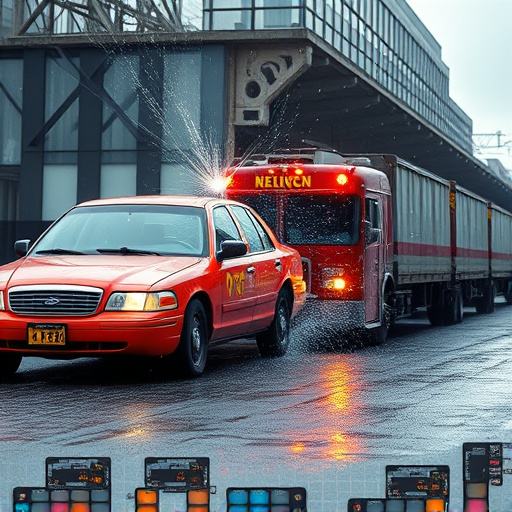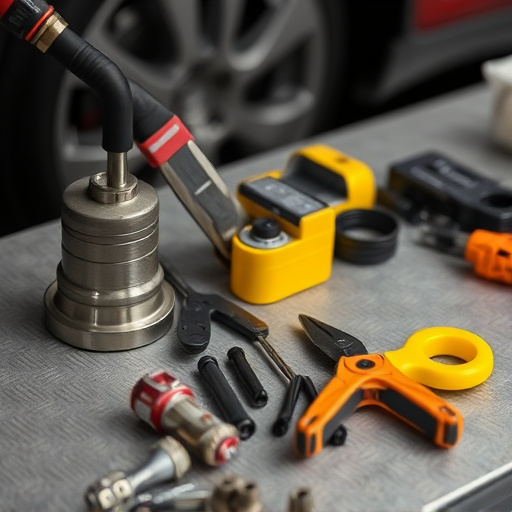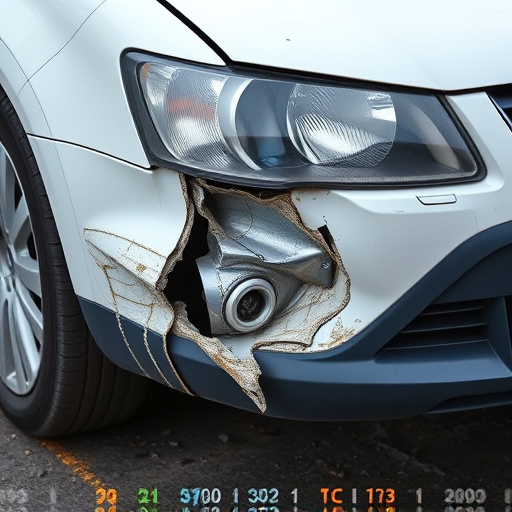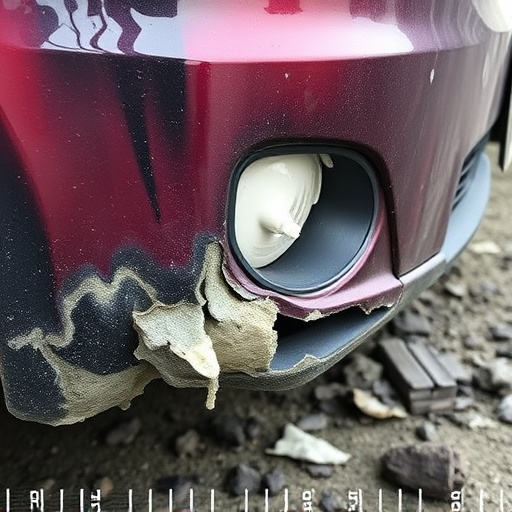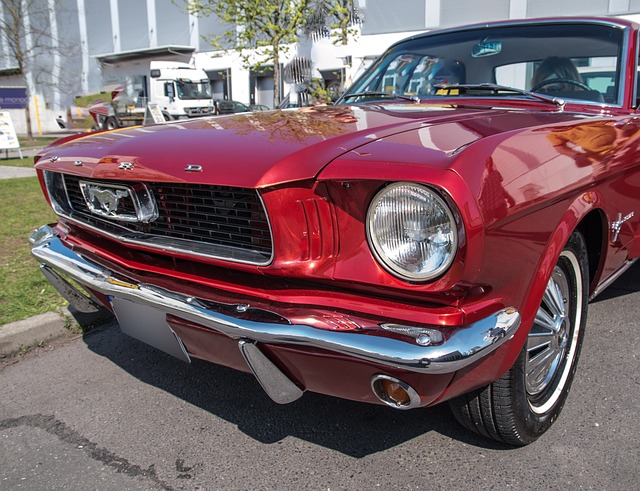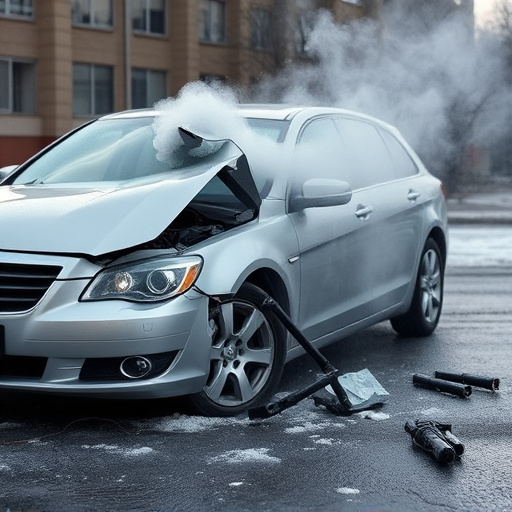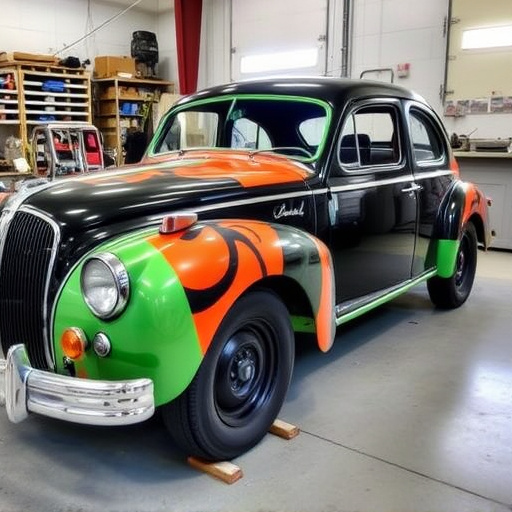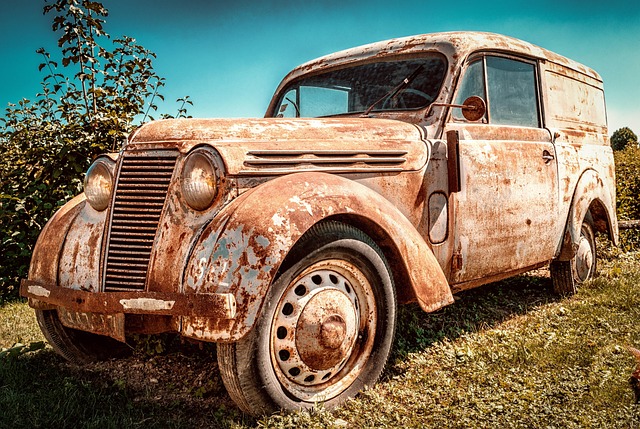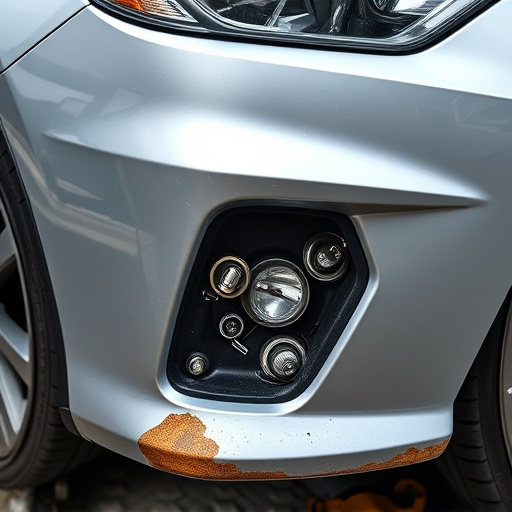SUV crash repair involves a meticulous damage assessment, advanced tools for dent repair and body panel restoration, and use of high-quality parts to ensure structural integrity and aesthetic appeal, preserving safety features and performance for family vehicles. Techniques range from hand methods for minor dents to complex machinery for severe cases, with modern paint services enhancing durability against elements like rust and UV rays.
SUV crash repair is an essential service that can restore your vehicle to its pre-accident condition. This comprehensive article delves into the intricacies of the SUV crash repair process, highlighting its benefits and common techniques used by professionals. By understanding these aspects, you’ll appreciate why opting for expert restoration is crucial after a collision. Whether it’s through advanced technologies or eco-friendly materials, this guide explores how SUV crash repair can transform your vehicle, ensuring safety, aesthetics, and longevity.
- Understanding SUV Crash Repair Process
- Benefits of Professional SUV Damage Restoration
- Common SUV Repair Techniques and Materials
Understanding SUV Crash Repair Process

When a SUV is involved in an accident, understanding the crash repair process is crucial for getting your vehicle back on the road safely and efficiently. SUV crash repair involves a multi-step approach tailored to address the unique structural and safety features of these vehicles.
The first step typically includes assessing the damage, which can range from minor dents and scratches to more severe structural issues. For luxury vehicles, meticulous attention is paid during this phase to preserve the car’s aesthetics and intricate details. Once damage is evaluated, skilled technicians use advanced tools and techniques for dent repair or even complete car restoration, ensuring that every component is restored to its original condition.
Benefits of Professional SUV Damage Restoration

Professional SUV crash repair offers a multitude of benefits that go beyond simply fixing structural damage. It involves specialized techniques and expertise to restore your SUV’s safety features, ensuring it meets manufacturer standards. This is crucial as even minor crashes can affect the vehicle’s overall stability and performance.
Furthermore, professional restoration guarantees precise and meticulous work, from intricate body panel repairs to expert vehicle paint repair. Unlike attempting DIY solutions or visiting a generic car repair shop, specialized technicians have access to advanced equipment and high-quality parts, ensuring your SUV not only looks like new but also functions optimally. This level of attention to detail is especially important for SUVs, which often serve as family vehicles, requiring a safe and reliable ride for all passengers.
Common SUV Repair Techniques and Materials

When it comes to SUV crash repair, several techniques and materials are employed to restore your vehicle to its pre-accident condition. One common method is vehicle dent repair, which involves using specialized tools and skills to remove dents and dings from the SUV’s body panels. This process can range from simple hand hammering and suction cups for smaller dents to more complex pneumatic tools and metal straightening machines for deeper damage.
Additionally, car restoration techniques may be utilized to bring back the SUV’s original luster and protect its exterior. This includes car paint services, where skilled technicians apply new layers of paint to match the vehicle’s original color perfectly. Modern paint technologies offer superior durability and a seamless finish, ensuring your SUV not only looks good as new but also stands the test of time against environmental factors like rust and UV damage.
SUV crash repair isn’t just about fixing dents; it’s a complex process that restores your vehicle’s safety, value, and aesthetics. By understanding the repair process, recognizing professional restoration benefits, and being aware of common techniques and materials, you can ensure your SUV returns to its pre-accident condition. Embrace these insights to make informed decisions for your vehicle’s well-being after a collision.
